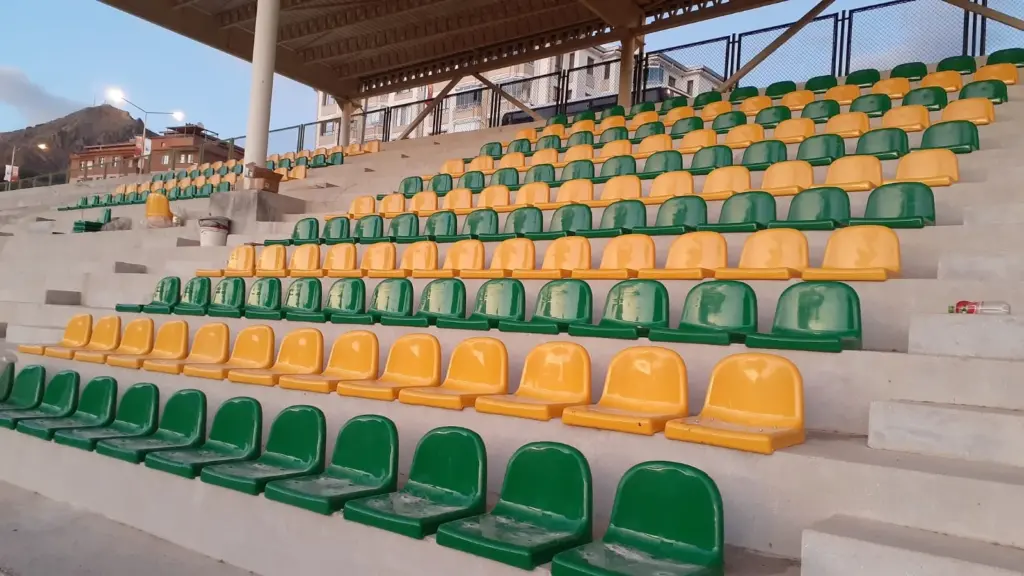Stadium seats play a crucial role in ensuring the safety and comfort of spectators in sports venues. Proper seating not only enhances the viewing experience but also prevents accidents and injuries. Here, we will delve into the importance of safety standards for stadium seats, common safety features, the necessity of regular safety checks, and case studies of safety improvements.
Safety Standards for Stadium Seats
What safety standards should stadium seats meet? Stadium seats must adhere to stringent safety standards to ensure the well-being of spectators. These standards are set by various regulatory bodies and often include specifications for load-bearing capacity, fire resistance, and material safety.
Why are these standards important?
- Load-Bearing Capacity: Stadium seats should be able to withstand the weight of spectators and any additional stress without collapsing. This is critical to prevent accidents during events.
- Fire Resistance: Materials used in stadium seats should be fire-resistant to prevent the spread of fire in case of an emergency. This includes both the seat itself and any upholstery.
- Material Safety: All materials used should be non-toxic and free from harmful chemicals. This is essential to prevent health issues among spectators.

Common Safety Features
What are the common safety features found in stadium seats? Modern stadium seats are equipped with various safety features designed to protect spectators.
How do these features enhance safety?
- Anti-Tip Design: Seats should have a design that prevents them from tipping over easily. This reduces the risk of falls and injuries.
- Rounded Edges: Sharp edges can cause cuts and bruises. Rounded edges on seats and armrests minimize this risk.
- Secure Fastening: Seats must be securely fastened to the floor or supporting structure to prevent movement and instability.
- Non-Slip Surfaces: Non-slip materials on seat surfaces and armrests help prevent accidents, especially in wet conditions.
Importance of Regular Safety Checks
Why are regular safety checks necessary? Regular safety checks are vital to ensure that stadium seats remain in good condition and continue to meet safety standards.
How are safety checks conducted?
- Visual Inspections: Regular visual inspections can help identify any visible damage or wear and tear. This includes checking for cracks, loose bolts, and worn-out materials.
- Load Testing: Periodic load testing ensures that the seats can still bear the required weight without any risk of collapse.
- Material Testing: Materials should be tested regularly for fire resistance and toxicity to ensure ongoing compliance with safety standards.
- Maintenance Logs: Keeping detailed maintenance logs helps track the history of inspections and repairs, ensuring that no issues are overlooked.
Case Studies of Safety Improvements
How have stadiums improved seat safety? Several stadiums have undertaken significant safety improvements to enhance spectator safety.
What are some examples of successful safety initiatives?
- Case Study 1: A major sports venue conducted a comprehensive review of their seating arrangements and identified several areas for improvement. They replaced older seats with new models that met current safety standards, including fire-resistant materials and anti-tip designs. Regular safety checks were instituted, resulting in a significant reduction in spectator injuries.
- Case Study 2: Another stadium introduced a proactive maintenance program that included regular visual inspections and load testing. This program helped identify potential issues before they became serious problems, ensuring that all seats remained safe and secure. The program also included training for staff on how to conduct safety checks and report issues.
- Case Study 3: A third venue focused on enhancing the safety of accessible seating areas. They installed new seats with additional safety features such as extra-wide armrests and secure fastening. They also conducted regular safety audits to ensure that all accessible seating met the highest safety standards.